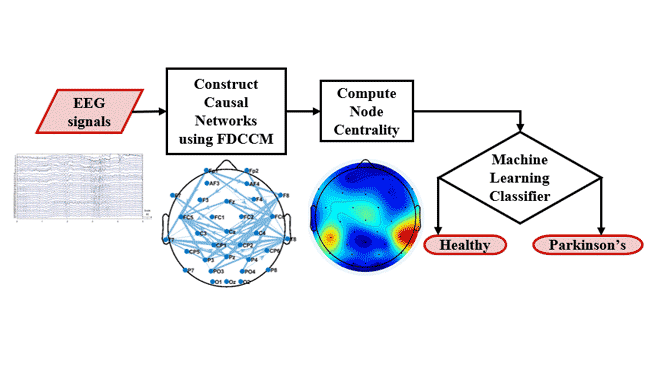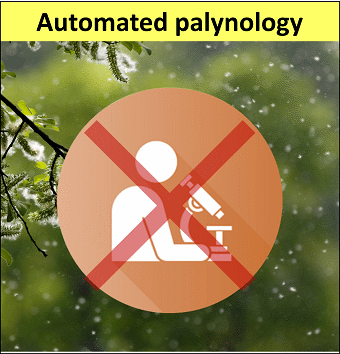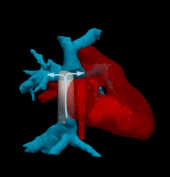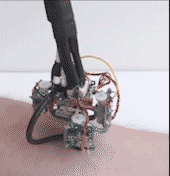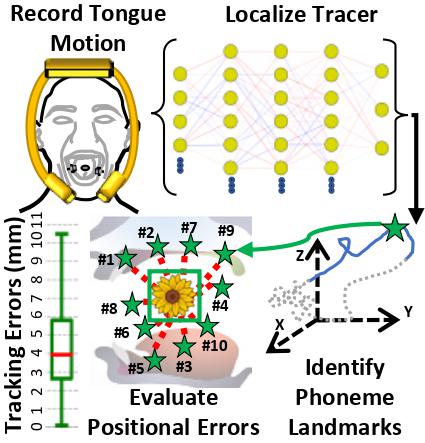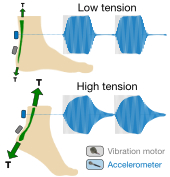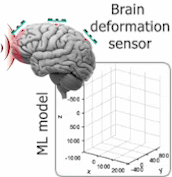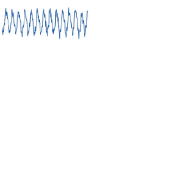Effective Brain Connectivity Extraction by Frequency-Domain Convergent Cross-Mapping (FDCCM) and its Application in Parkinson’s Disease Classification
https://www.embs.org/tbme/wp-content/uploads/sites/19/2023/07/TBME-00370-2022-Website-Image-R.gif
650
366
IEEE Transactions on Biomedical Engineering (TBME)
//www.embs.org/tbme/wp-content/uploads/sites/19/2022/06/ieee-tbme-logo2x.png
This paper presents a novel and efficacious approach for inferring causal connectivity by exploiting frequency-domain dynamics in complex systems, with a particular focus on its application in Parkinson’s Disease classification.
read more

